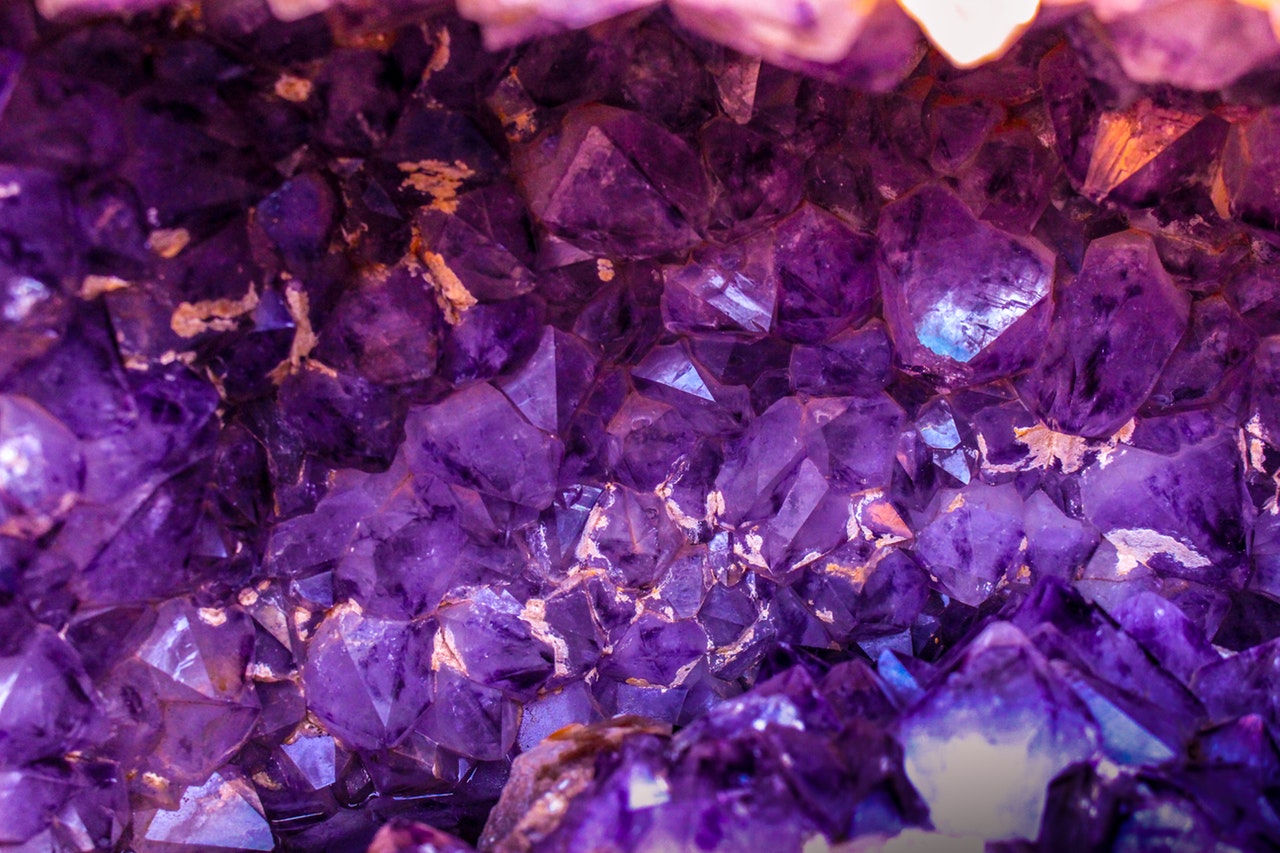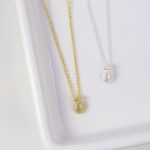February’s Birthstone isn’t just gorgeous, it’s also deeply involved in human history. From the Ancient Greeks to Modern Monarchs, amethyst has continued to capture our interest with its beauty. We’ve made a list of some of the most interesting and fun facts about this lovely gem that will make you admire it even more.

1. Amethyst is a Quartz
Amethyst is a variety of quartz, which means it’s part of a collection of stones that share similar properties. Other gems in this family include citrine, rose quartz, and onyx.
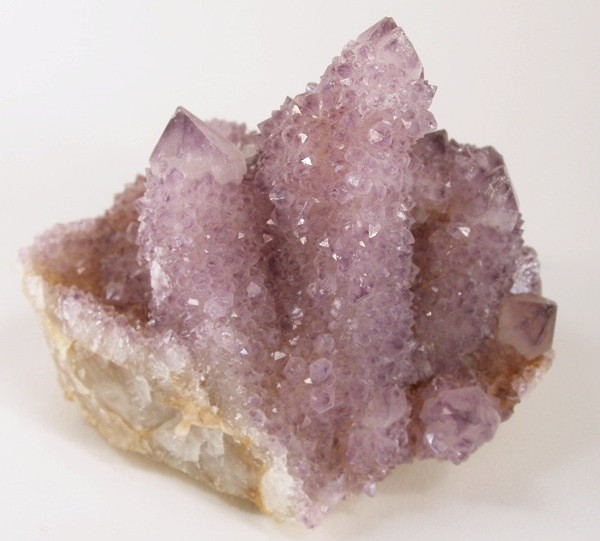
2. Different Types
If you try to picture amethyst, chances are you’ll imagine the typical purple stone in a pyramid formation. Truth be told, there are actually several different types of amethyst. These include cactus amethyst, Canadian amethyst, and Veracruz amethyst. All of these different types are still acceptable as February’s birthstone, so if you’re looking for an alternative way to gift this gem, presenting it in a different colour is a neat idea.

3. Geography
Amethyst can be found in Sri Lanka, Siberia, and South America. It’s reported to have also been found in South Korea, Austria, and North Carolina.
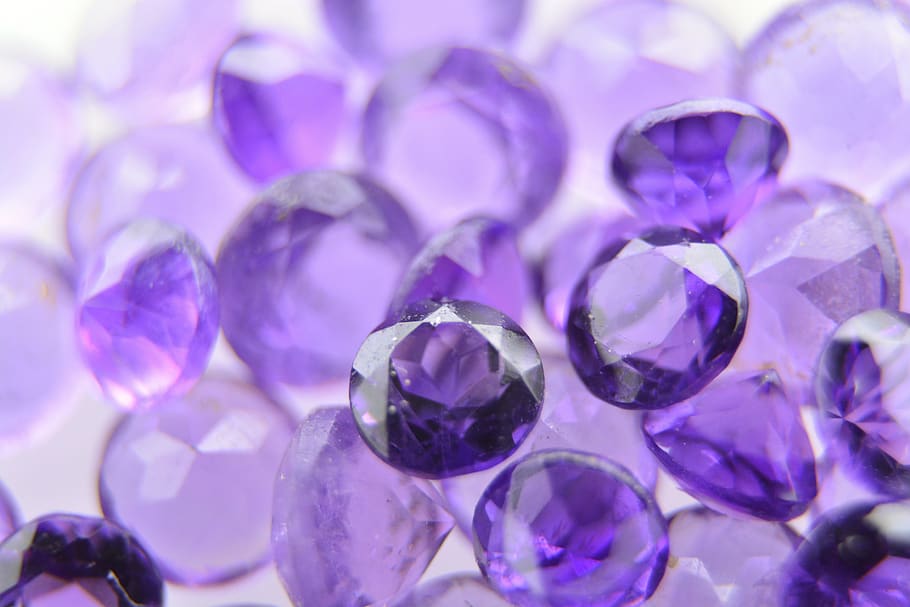
4. Many Amethysts are Heat Treated
Depending on the region and type of amethyst, the colour can fade if it’s exposed to light for too long. In order to keep the rich colour, many stones are heat treated which strengthens the colour and makes it last longer.

5. They Can Also Create Other Stones
Heating amethyst has other effects, too. If the conditions are right, heat treatment can cause certain varieties of amethyst to take on a light green colour. These are known as Green Amethyst or Prasiolite. Others will do this to turn the stone into Citrine. This raises the question that if the stone is heated so much that it turns into another, is it still considered February’s birthstone post-transformation?

6. Etymology
The word “amethyst” is derived from the Greek word for “not drunken,” amethystos. That’s because the ancient Greeks believed that February’s birthstone was able to cure being drunk.
Many ancient kings would have drinking glasses made from the stone, and so when they poured water into it, the liquid took on the appearance of wine. These kings would then put on the appearance that they had, in fact, been enjoying quite a bit of alcohol. Similarly, around the same time, people would crush the gemstone and put it into drinks to sober up anyone who was too drunk.
In Hebrew, the word for amethyst, “ahlamah,” also translates to the word, “dream.” It was believed that amethyst would cause you to have dreams and visions, however, if you dreamt of the stone, it would protect you from harm.
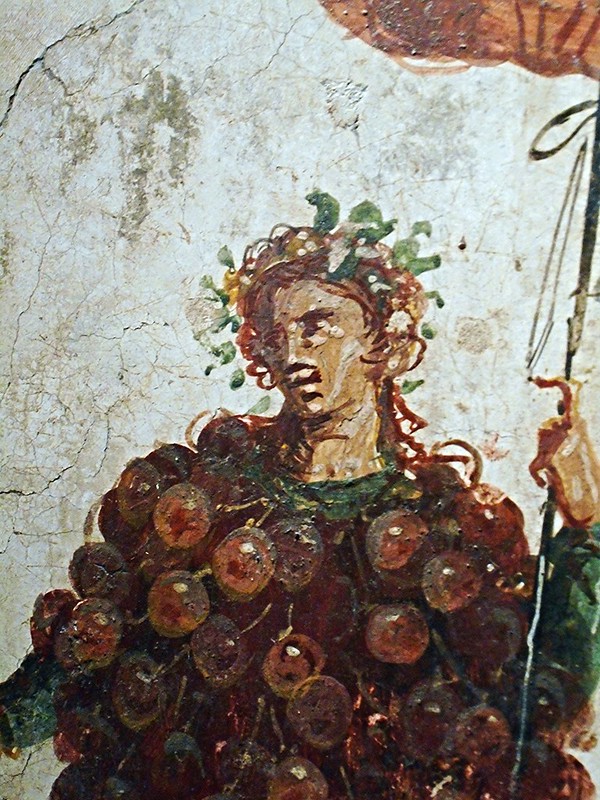
7. A Stone of Greek Legend
Considering how long amethyst has been a part of human history, it makes sense that there would be so many different myths surrounding it.
One of these includes Dionysus, the Greek god of wine. In this tale, he meets a beautiful woman named Amethystos (which translates to “not drunken,” as we mentioned before) and falls madly in love with her. Despite his best efforts, she continuously turns him down, and as a result, the Greek God is so upset he sends tigers after.
At this time, Amethystos was on her way to pray to the goddess, Diana, but before she could arrive to the temple, Diana protects her from the tigers by turning her into a statue. Being transformed into pure quartz saves Amethystos from the tigers, and upon realizing what he had done, Dionysus began to cry tears of wine on the statue. The wine then changed the clear quartz to the dark colour that amethyst is today.

8. And Religious Texts, Too
The Old Testament also references this February’s birthstone. Amethyst is said to be one of the twelve stones representing the twelve tribes of Isreal. It’s also one of the gemstones in High Priest Aaron’s breastplate in the book of Exodus.
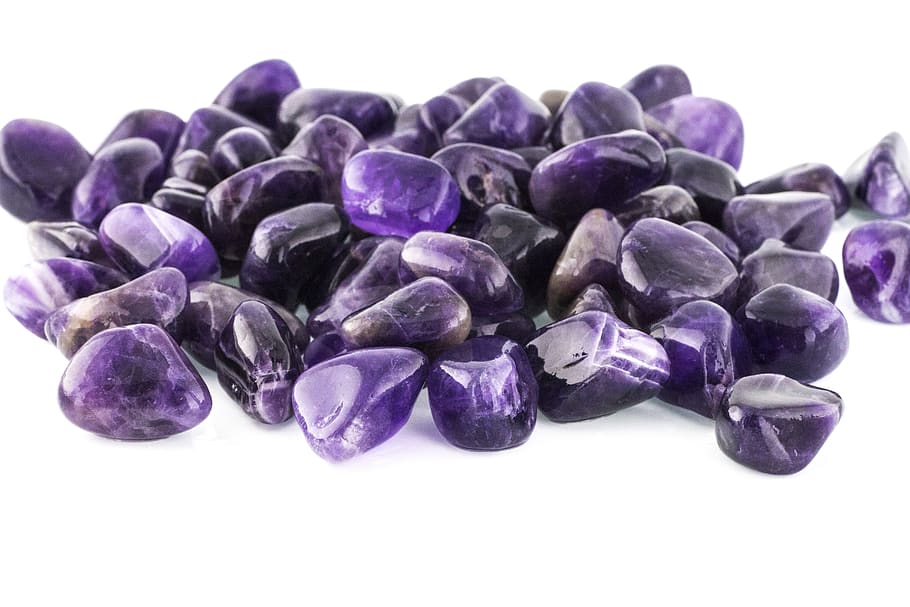
9. Perfect for Clarity
In Tibet, special rosaries made of amethyst can be found. Many people there believe that the gemstone helps find clarity and peace of mind, which is perfect for prayer.
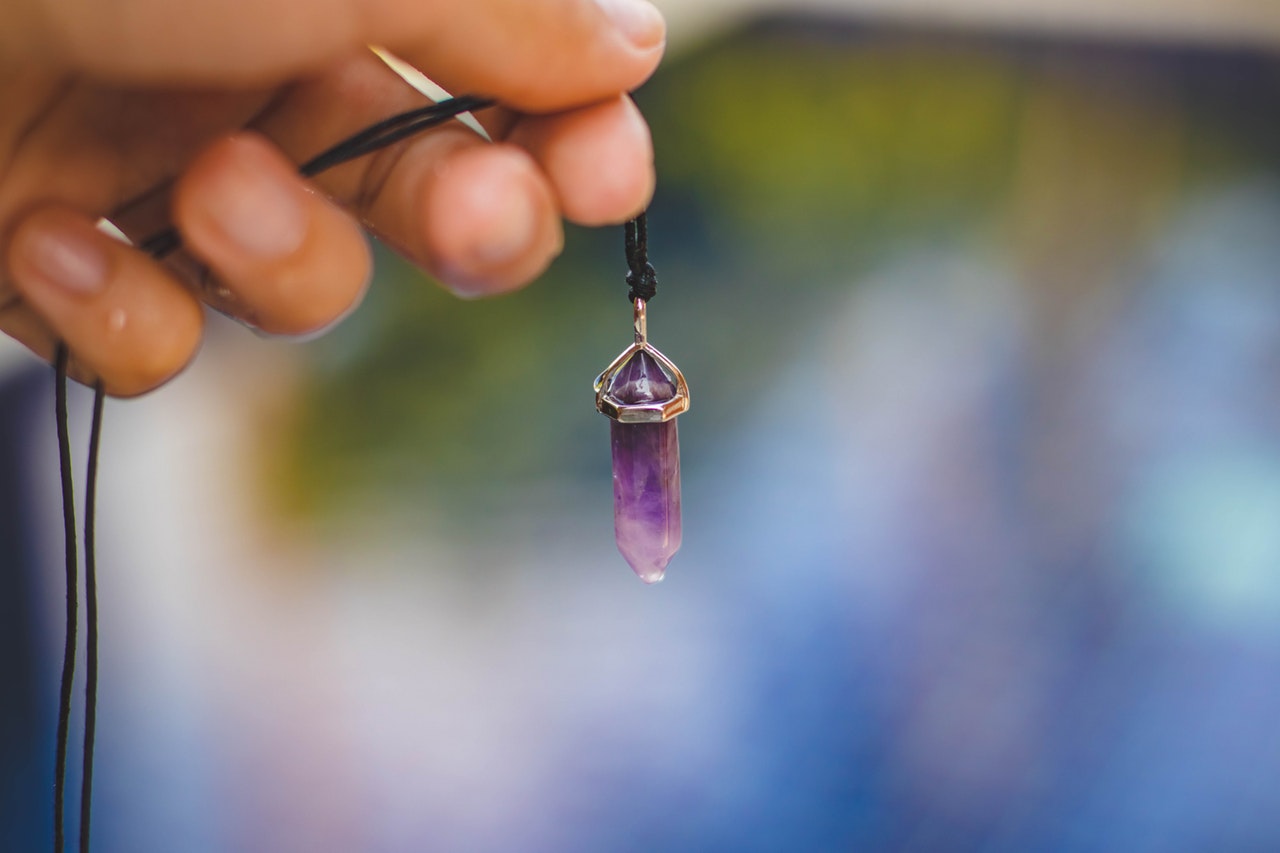
10. The Perfect Stone for the Middle of the Week!
Amethyst isn’t just February’s birthstone. It’s also the official gem for Wednesdays, along with side lodestone and cat’s eye. Many people aren’t aware that birthstones aren’t restricted to months, they include years and days.
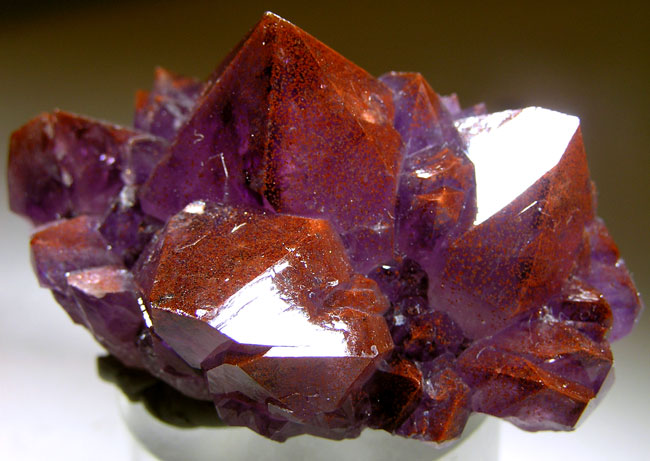
11. Ontario Loves Amethyst
February’s Birthstone is also the official gemstone of the province of Ontario.

12. Not Just About Birthdays
Amethyst is also listed as a gift for 6th, 17th, and 33rd wedding anniversaries, according to different sources.
This is based off old traditions that aren’t set in stone, but if you’re open to them, you can find the full lists online. As per any tradition, some information got mixed along the grapevine, so not all lists are the same, but they’re a great place for inspiration.

13. Beloved by da Vinci
Famous artist, inventor, and scientist Leonardo da Vinci also had his theories about amethyst. He believed it held the ability to control evil and negative thoughts and improve intelligence.

14. Ties to Romance
St. Valentine, the patron saint of romantic love, was also a fan of the gem. He wore an amethyst ring with Cupid carved into it. Many believe this is how amethyst came to be February’s birthstone.
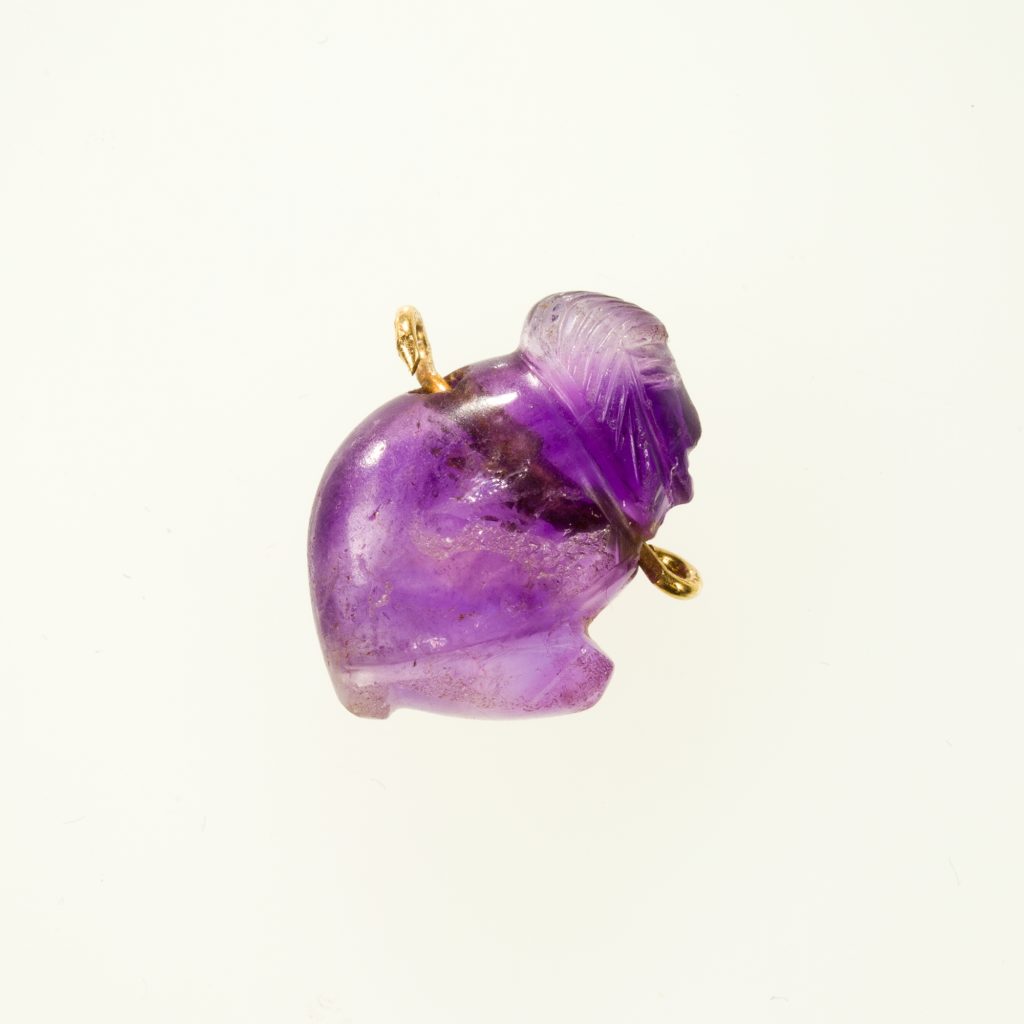
15. Worn by Public Figures
Being February’s birthstone isn’t the only significant part of this gem. Since about 3000 B.C., amethyst can be found in all kinds of man-made objects. Amethyst has been found in Egyptian tombs, rings for Catholic figures of the Middle Ages, and even in British Crowns.
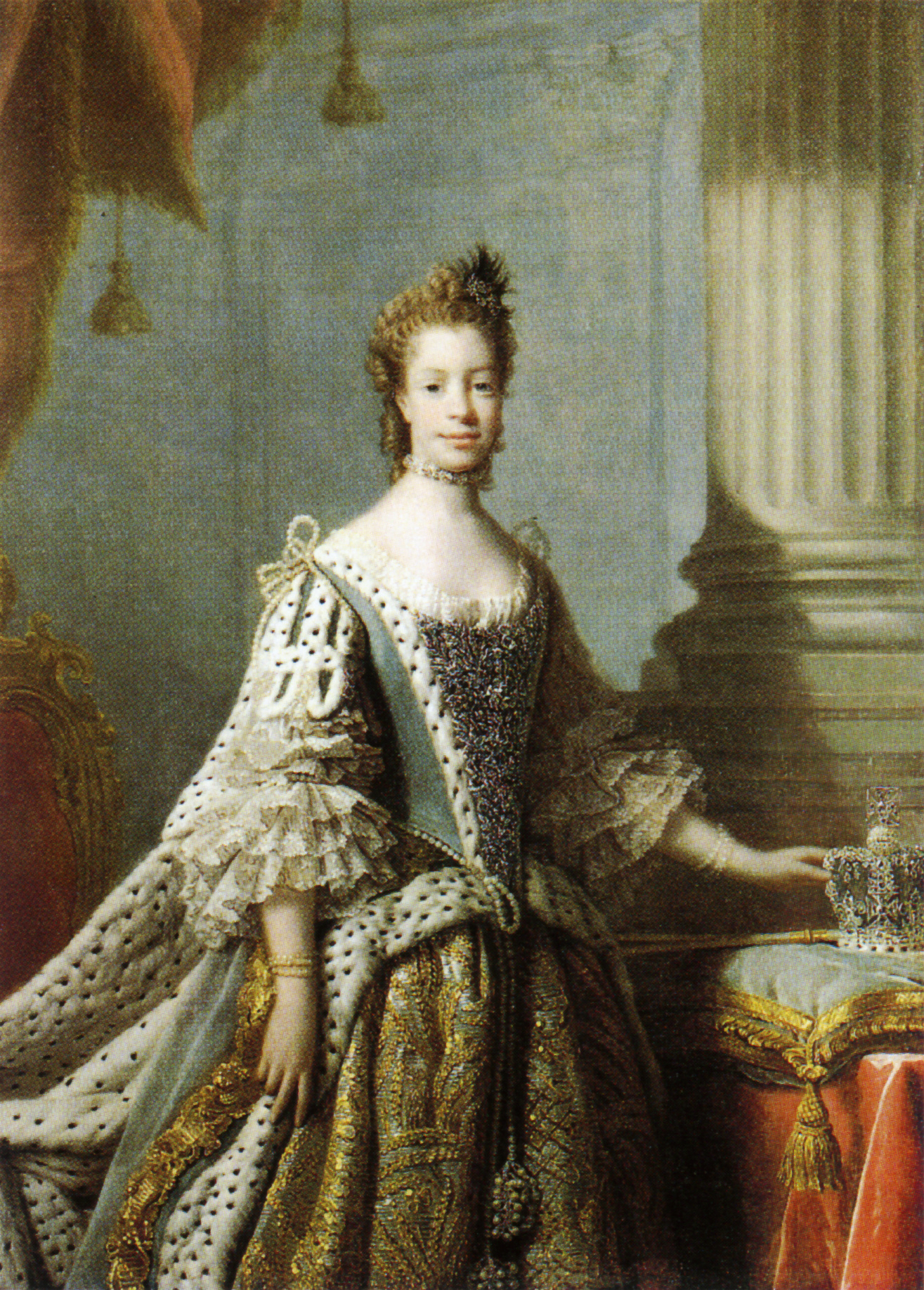
16. Not-so-Valuable
In the early 1700s, Queen Charlotte of England once had a beautiful amethyst bracelet. At the time, it was valued at about £200 (roughly $53,080.15 CAD today), however, shortly after a huge discovery of amethyst in Brazil was found. The large quantity meant that amethyst was no longer a rarity, and was, in fact, a common stone. This drastically reduced the price of the bracelet, and in turn, didn’t make Queen Charlotte too happy.

17. Symbolism
February’s birthstone has often been associated with love, happiness, and wealth. With that in mind, it makes sense that royalty and nobles of the past and present use it in many of their personal jewellery pieces.

